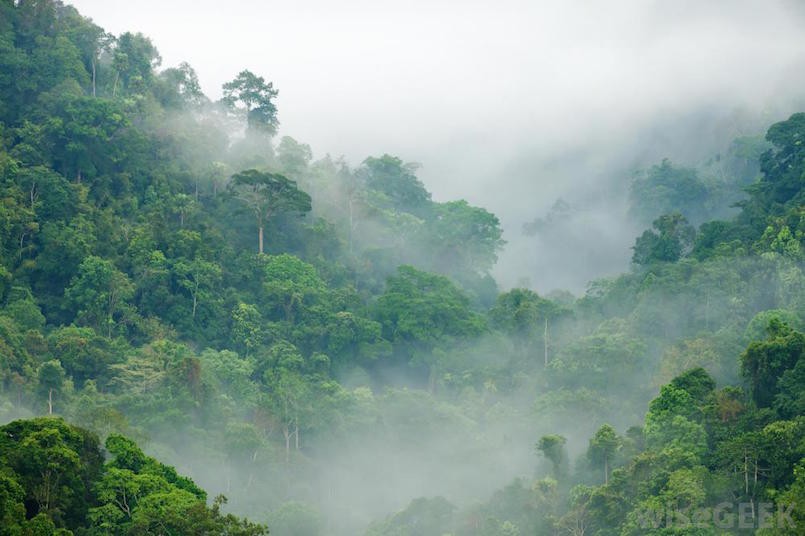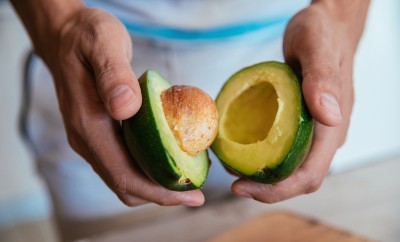Environment
Online map app shows where tropical forests need most saving

Image: Wise Geek
We hear from time to time that the rainforests need our help. So we picture trees being cut down and not replaced in some remote area of the world, and it’s pretty clear that it’s a bad thing. But this concern quickly melts into the realm of the hypothetical, as it’s hard to picture the travesty in any real sense.
PALM Risk Tool, by Global Forest Watch, is changing that. The online tool makes the problem of deforestation real and immediate by showing in real time which forests are the most threatened.
In this case, the threat comes specifically from palm oil plantations, an industry on the current forefront of massive deforestation. A previous project by Unilever, a large purchaser of palm oil, found that 29 of its mills could cause deforestation.
The tool uses satellite data to keep an eye on palm oil mills in Indonesia, Africa, Malaysia and South America, and tells which are most likely to negatively impact future forest loss.
PALM Risk enables companies to take a proactive approach to conservation. Companies can detect intact forests near the palm oil mills and work to help prevent deforestation. The tool is also available to conservation groups and individuals so as many people as possible can work to stop deforestation.
The threats are surprisingly easy to calculate. Since palm oil has to be processed within a day of harvesting, it’s easy to see which mills will move where. Potential plantation land must be accessible within a day from a mill’s location. Further data on the mills were pulled from a company that traces supply chains, called FoodReg.
The Problem with Palm Oil
When you think of deforestation, you probably think of the lumber industry. Palm oil is the last thing you think of. Assuming you know what the heck palm oil even is.
Palm oil is a super common vegetable oil used in a host of products from donuts to beauty products. But because it’s not yet one of those trendy oils, like coconut or jojoba, it’s easy for it to fly under most people’s radar. Yet it’s the most common vegetable oil globally.
Massive chunks of forests are being cleared out to make room for palm oil plantations, which harvest from the fruit of the Elaeis guineensis tree. Tropical forests and peatlands alike are losing ground to massive palm oil plantations, which in turn leads to fewer natural habitats for wildlife.
The even bigger problem comes from all the carbon that’s stored away in these tropical forests and peatlands. When they’re drained, cleared and burned away, carbon is released into the atmosphere.
According to the Union of Concerned Scientists, a tropical forest can hold up to 99 million kilograms of carbon per square mile, which equates to the emissions of a car driven round trip from New York to San Francisco 76 times. In particular, when carbon-rich peatlands are cleared and their water table is left drained, they continue decaying and releasing greenhouse emissions for decades.
So what can you do about it? Look for products that have deforestation-free and peat-free palm oil with this handy scorecard.





0 comments